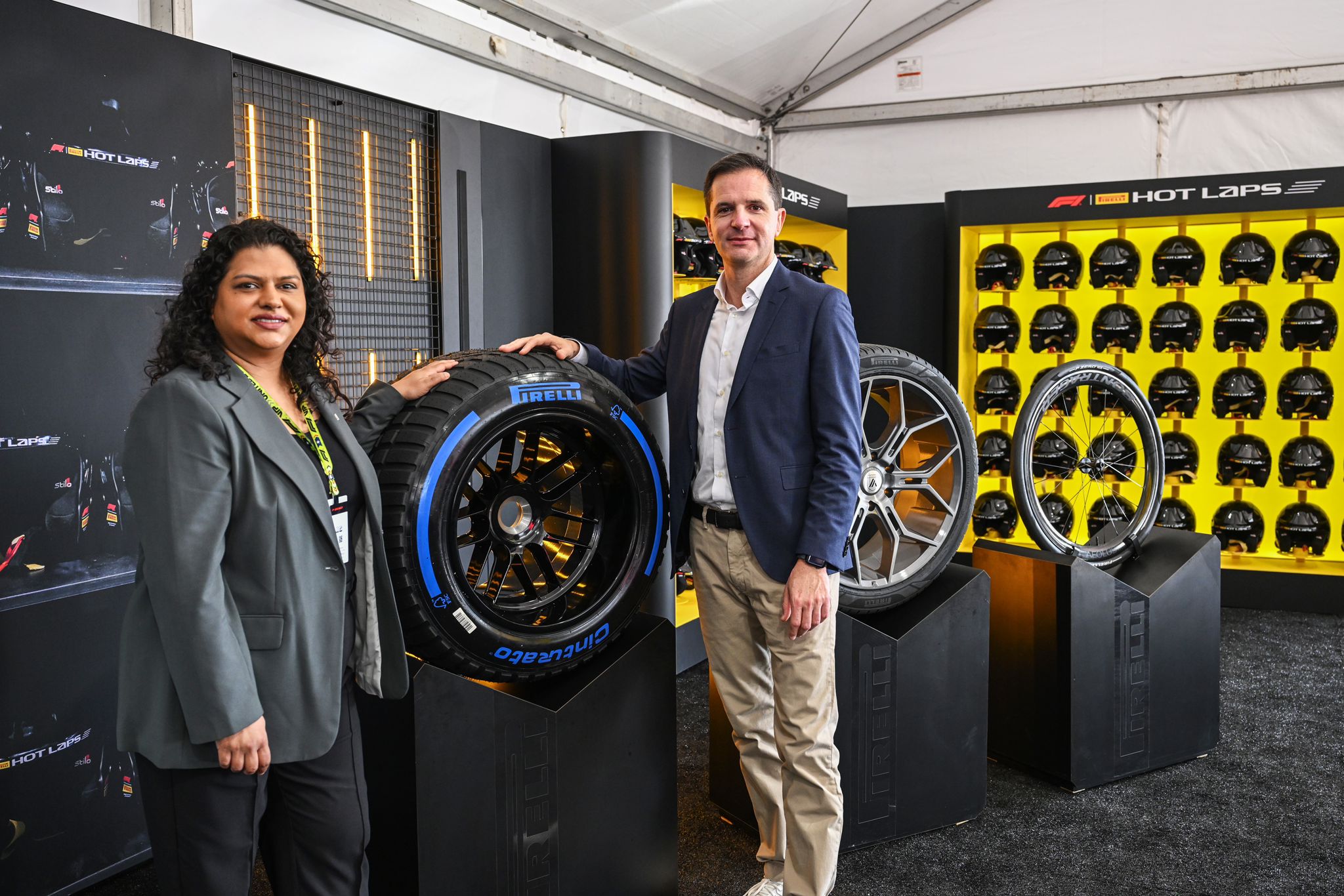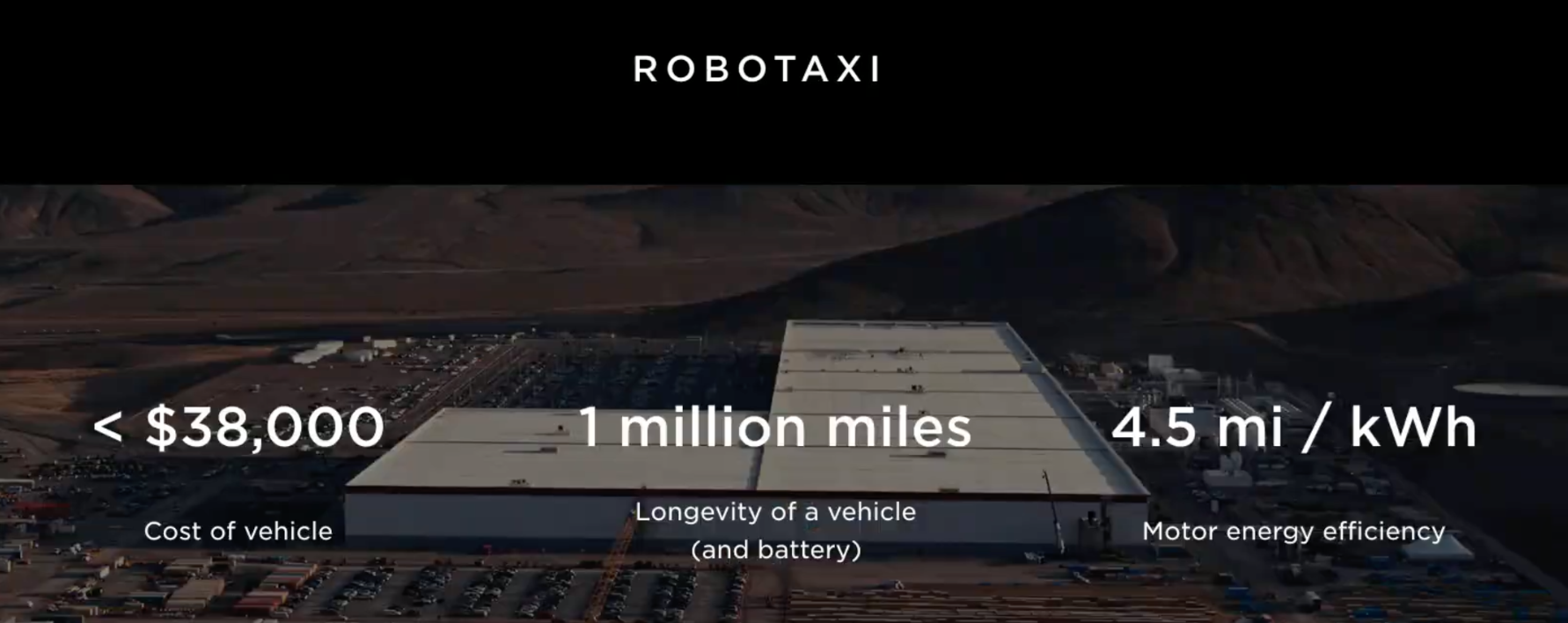Artisanal and small-scale mining (ASM) stands out as a distinctive, and traditionally controversial, area within the global mining landscape. However, this informal sector plays a crucial role in supporting the economies of many developing nations, providing livelihoods for an estimated 45 million people globally.
While it also brings with it significant challenges in terms of environmental impact, social issues and regulatory complexities, understanding the multifaceted dynamics of artisanal and small-scale mining is essential. Its influence on local and national economies, and the possibilities for fostering more sustainable and efficient practices, is key to addressing its complex role in the global mining landscape.
The double-edged sword of artisanal mining
Across the developing world, from the Andes to the African Savannah, ASM has emerged as a vital livelihood strategy for millions of people. In rural communities where economic opportunities are scarce, the promise of mineral wealth – such as gold, diamonds or other precious resources – offers a tantalising path out of poverty.
The economic impact of ASM is also substantial. It produces a significant portion of the world’s supply of critical minerals like gold, cobalt, tin, tungsten and tantalum – resources that are essential for modern technologies and industries. In 2023, Ghana mined 4.03 million ounces of gold, largely driven by increased output from ASM.
However, this economic lifeline can come at a steep cost to the environment. The environmental destruction wrought by unregulated ASM operations is often severe with instances where forests are cleared, farmlands are destroyed and rivers are polluted with toxic chemicals like mercury and cyanide used in gold processing.
The air quality in mining areas also frequently suffers due to dust and emissions from rudimentary processing methods. These environmental impacts not only degrade local ecosystems but also pose serious health risks to miners and surrounding communities.
Access the most comprehensive Company Profiles on the market, powered by GlobalData. Save hours of research. Gain competitive edge.

Your download email will arrive shortly
We are confident about the unique quality of our Company Profiles. However, we want you to make the most beneficial decision for your business, so we offer a free sample that you can download by submitting the below form
By GlobalData
As such, the social implications of ASM are equally concerning. Due to its informal nature, miners often accept poor working conditions, exposing themselves to known health-related risks and excluded from any legal protection, benefits or support.
Child labour is, regrettably, not uncommon, with young children exposed to the same risks as adults. Women, who make up a significant portion of the ASM workforce, often face discrimination and sexual harassment. The influx of miners into new areas can also lead to social disruption, including increased crime rates and the breakdown of traditional community structures.
Moreover, the informal nature of much artisanal mining activity means that it often operates outside of legal and regulatory frameworks. This can lead to conflict with formal mining operations, loss of government revenue through tax evasion, and smuggling. It is estimated that Ghana loses $2bn (32.1bn cedis) annually due to gold smuggling, with 60 tonnes smuggled out of the country in 2022 alone.
The challenge of regulating ASM
Given these myriad issues, one might ask: why not simply ban ASM altogether? The answer lies in the complex socioeconomic realities of the countries where ASM is prevalent. For rural communities, ASM represents the only viable means of income. As long as poverty exists, so too will ASM.
Due to its informal nature, navigating the muddy waters between legitimate small-scale mining and illegal mining operators – often referred to as ‘galamsey’ – is complicated and has led to challenges to regulate the sector.
Many countries face significant challenges in effectively regulating ASM due to ambiguous laws, limited institutional capacity and the sheer geographical spread of operations. The result is often a patchwork of policies that fall short of addressing the sector’s complex realities.
Addressing these issues requires a nuanced and multifaceted approach, as there is no single solution that will work in all contexts. Each mining community has unique characteristics and challenges, and any strategy must be tailored to fit these specific circumstances.
A call for formalisation
A key starting point is the formalisation of the sector. Governments need to install legal frameworks that remove barriers to formalisation, are not punitive to marginalised communities, and streamline over bureaucratic licensing processes to make it cost-effective and rewarding to gain a licence.
We need the ability to develop clear and comprehensive legal frameworks that recognise and accommodate the realities of small-scale mining. As well as simplifying the licensing process, it should include ensuring fair access to land and setting realistic environmental and safety standards that small-scale miners can adhere to.
Formalisation would not only help bring miners into the legal economy but also improve compliance with regulations, facilitate access to finance and markets and provide a foundation for better labour and environmental standards.
Training and collaboration
Another critical component to reforming ASM is training and education. Targeted training programmes on mining best practices, safety standards, environmental protection and business skills can empower miners to operate more effectively and sustainably, reducing the negative impacts of their activities while enhancing profitability for local communities.
Only practices that work directly with miners themselves are going to be effective. Too often decisions about mining regulations are made without the involvement of those who are most affected by these activities – the local miners themselves. Engaging locals in the governance of ASM will ensure that any strategies developed will address the actual realities on the ground, rather than further exacerbate problems.
The complexities of the ASM sector require a coordinated approach that leverages the strengths and resources of all stakeholders – including companies involved in these chains. Private companies must take more responsibility for the investment and provision of greener and more sustainable mining techniques that miners can employ.
Mining towards a safer future
While artisanal and small-scale mining presents numerous challenges, it also holds significant potential as a driver of sustainable development. The sector cannot simply be shut down, as it provides essential livelihoods for millions of people. Instead, the focus should be on transforming ASM into a more sustainable and efficient part of the economy.
This requires a balanced approach that includes formalisation, education and collaboration. By adopting such an approach, it is possible to clean up the ASM sector and ensure that it contributes positively to the economic and social development of the communities that depend on it.

About the author: Boris Ivanov, CEO of Emiral Resources, a global mining group that focuses on exploring, mining and the production of Earth’s mineral resources in regions including Sudan, Ghana and Mauritania. A version of this article was first published by Emiral.




